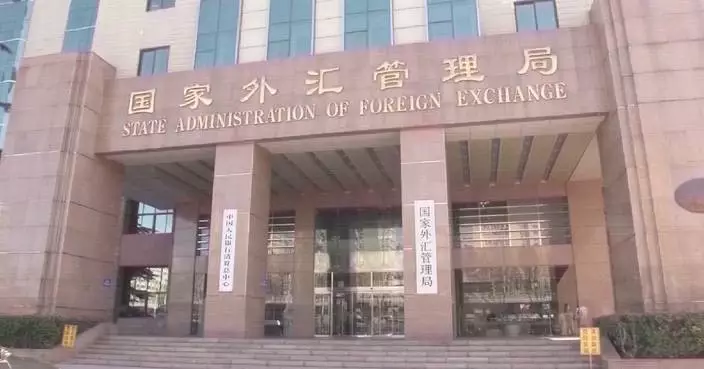Business insiders say that Chinese President Xi Jinping's vision for the Asia-Pacific Economic Cooperation (APEC) aims to strengthen the organization as a driving force for global stability and innovation.
Xi outlined his vision of the Asia Pacific dream at the APEC Leaders' Meeting in Beijing in 2014, which has inspired China to contribute to the region's growth.
The Asia-Pacific region has long been a center of global commerce, culture, and politics.
"We are duty-bound to create and fulfill an Asia-Pacific dream for our people. This dream is about acting in the spirit of the Asia-Pacific community and out of the sense of a shared future, following the trend of peace, development and mutually beneficial cooperation, and jointly working for the prosperity and progress of the region," said Xi at the meeting.
"It is about heading the global development and making a greater contribution to the well-being of mankind. It is about having more economic vibrancy, freer trade and better investment facilitation, better roads, and closer people-to-people exchanges. And it is about ensuring greater security and prosperity for our people," said the Chinese president.
It is not just about China. The APEC region, which encompasses over 20 economies from East Asia, Southeast Asia, Oceania, and parts of the Americas, has seen remarkable economic growth over the past decade.
According to the International Monetary Fund (IMF), the region is forecast to contribute roughly 60 percent to global growth in 2024. China and emerging economies such as Vietnam have driven much of this growth.
According to the latest data from the Chinese Ministry of Commerce, in 2022, the total import and export volume between China and APEC members was more than 3.7 billion U.S. dollars, accounting for 59.7 percent of China's total import and export volume. Eight of China's top ten trading partners are APEC members.
"The market is not only big, but it's also very tech-oriented, becoming almost the leader in the technology aspect as well. So, both from the size point of view and also technology development point of view, I think the Asia Pacific continues to be a very important market, and the whole world should be looking into this specific market in the future as well," said Takeo Keizo, managing director of the Sales and Marketing Division of Sumitomo Electric Industries in China.
"I think the outlook for China, but also for the APEC region, is very bright. All the industries we're working in, we're working in ship-building, we're working in energy, food and water, they need to transform. The energy system has to transform to be clean energy. Marine has to de-carbonize and there's a big need for sustainable food production. And all of those needs are here in APEC, and we can contribute to those. So, we see a very bright future in this region," said Christian Thomsen, cluster president of Alfa Laval North East Asia.
While challenges persist, the APEC region is well-positioned to continue its trajectory of economic prosperity and fulfill President Xi's vision of a thriving and interconnected Asia Pacific.

Xi's APEC vision helps Asia Pacific become fertile soil for more economic vibrancy









